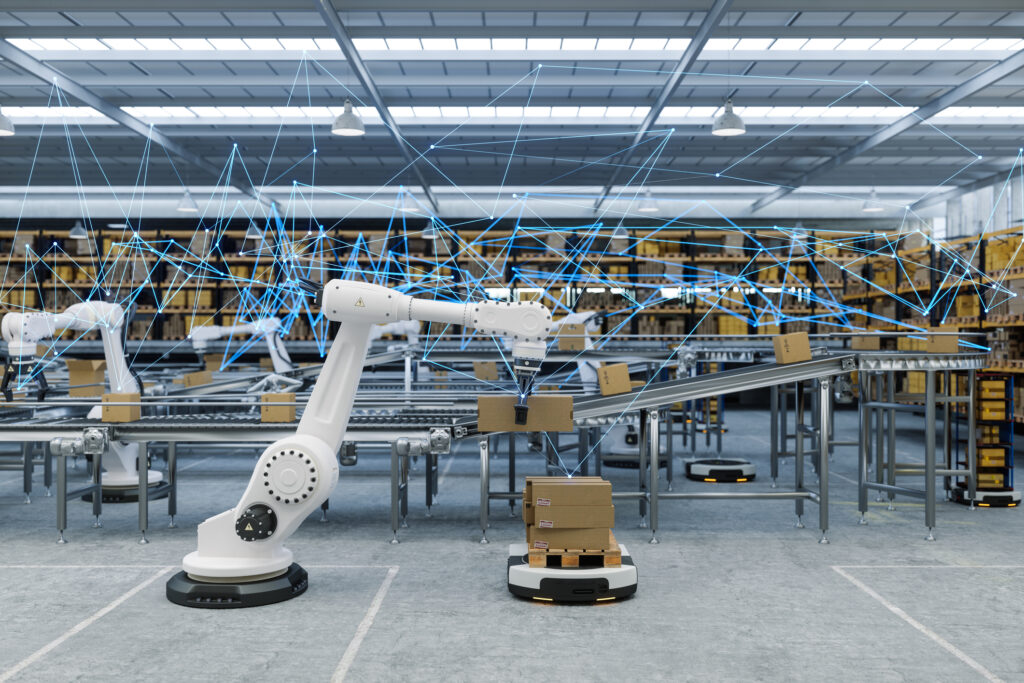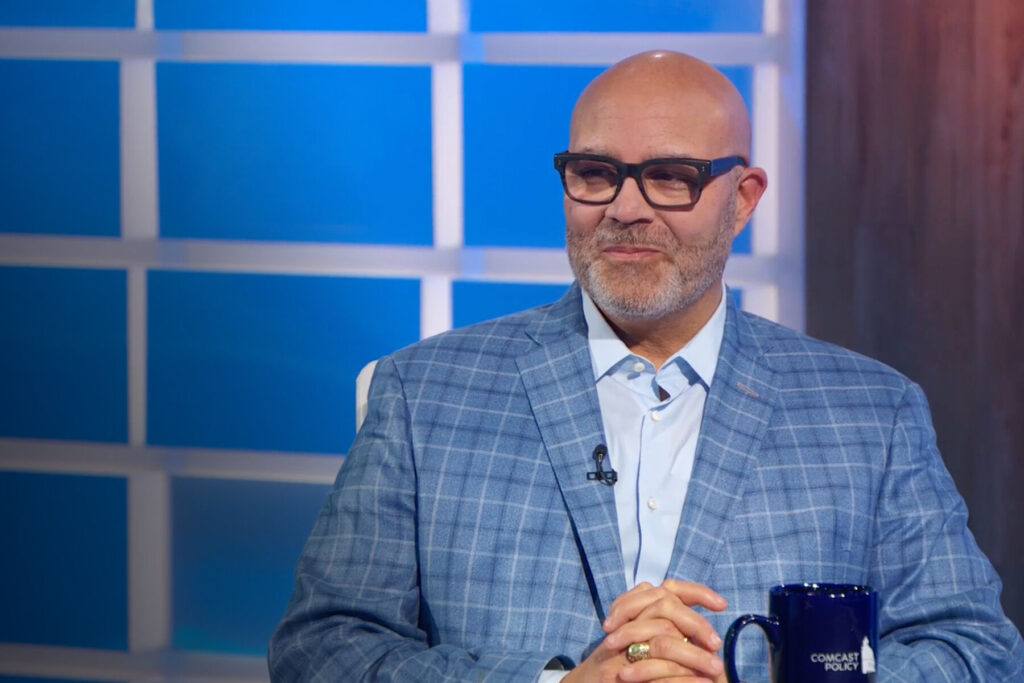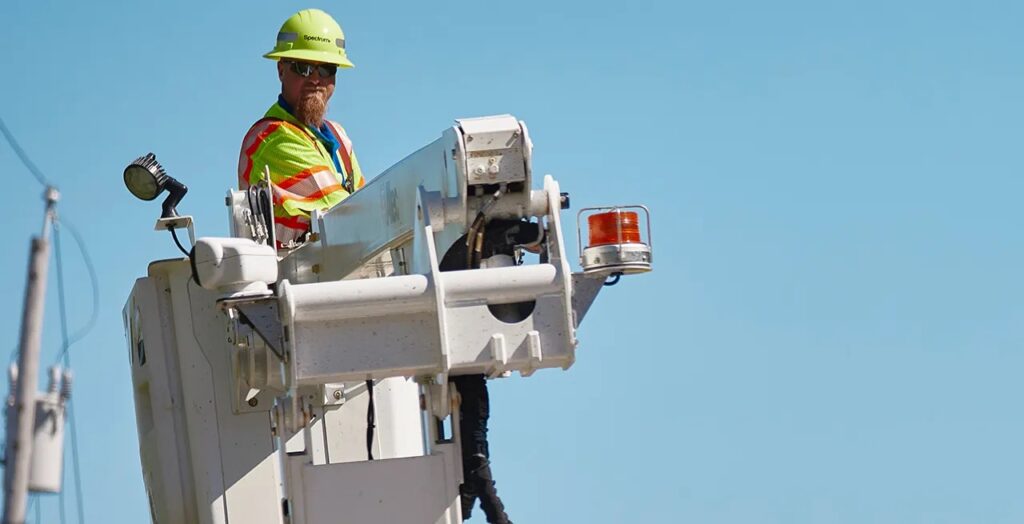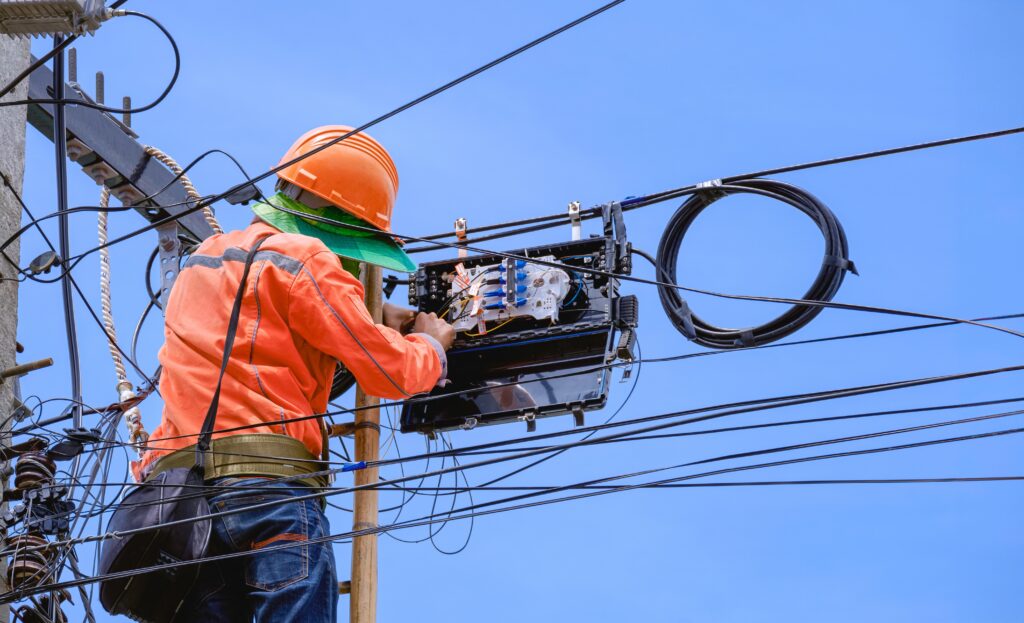The IoT universe is exploding. All one has to do is look around and see the smart gadgets, wearables, cameras, and virtual assistants that populate homes and that people take with them on the go. The number of IoT devices connecting to broadband networks is already large, but nowhere near its peak. Technology forecasts predict there will be 22 billion internet-connected devices worldwide by 2025, triple the amount there are today. This explosion will bring consumers added value and convenience, however it also adds new complexity and security risks that could prove devastating to millions of people who will increasingly rely on digital services and networks in their daily lives. As our industry works toward building 10G internet networks of the future that are robust and secure, we are also thinking about these challenges and working with others in the broader internet ecosystem to protect the delivery of user data and video content and to develop multi-stakeholder standards that will help consumers combat attacks and threats.
Currently, the cable industry is working on developing IoT security standards as part of the Open Connectivity Foundation (OCF)—an industry effort to create an open, commonly accepted specification that would allow secure communication between trusted devices regardless of manufacturer, operating system, chipset or physical transport. As part of that effort, OCF labs are testing products in areas such as device identity, authentication, and delivery of software updates, among others to further promote device interoperability. The industry collaboration we see in OCF is especially critical in an age where botnet attacks are rising in the U.S. This type of cyberattack, which is a form of credential abuse, can have serious ramifications for businesses and internet users.
NCTA also works closely with government partners including the National Institute of Standards and Technology (NIST) to explore solutions that would reduce threats perpetuated by botnets and insecure IoT devices, and in turn improve today’s networks. A key part of the work that has been done includes an industry white paper on botnets by the Communications Sector Coordinating Council that outlines the importance of increased cooperation among not just cable operators, but manufacturers, software developers, and service and edge providers through the sharing of best practices for defending against insecure IoT devices. The paper not only focuses on collaborative action to defeat botnet attacks, but also rightly calls for a streamlining of the law enforcement process to defeat botnets and the adoption of machine learning techniques to better detect botnets.
Finally, as our industry works to ensure that consumers continue to enjoy a safe and secure internet experience in an increasingly hyperconnected world, we also see promise in new, innovative tools that could help consumers mitigate potential harms. Toward that end, CableLabs—the industry’s research and development consortium—has introduced a new framework for network security in the home, called Micronets. The approach works by automatically segregating network-connected devices in a home into distinct sub-networks, or “Micronets”. Threats are detected in real-time from compromised devices that are then quarantined to prevent harm to other devices on the home network.
These efforts represent just a few of the ways that cable ISPs are working to build a future 10G internet experience for consumers that will remain safe and secure. 10G platforms of the future are not just about 10 gigabit speeds. Greater reliability and enhanced security are a necessity for the networks of the future that promise to revolutionize life as we know it today, and America’s broadband leaders will continue to do their part in helping us get there.









